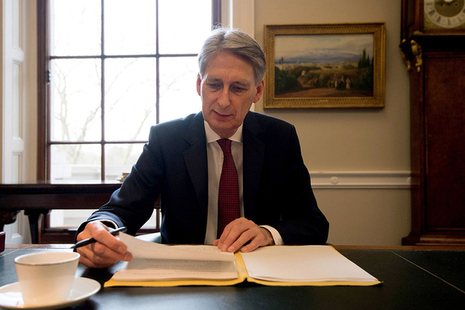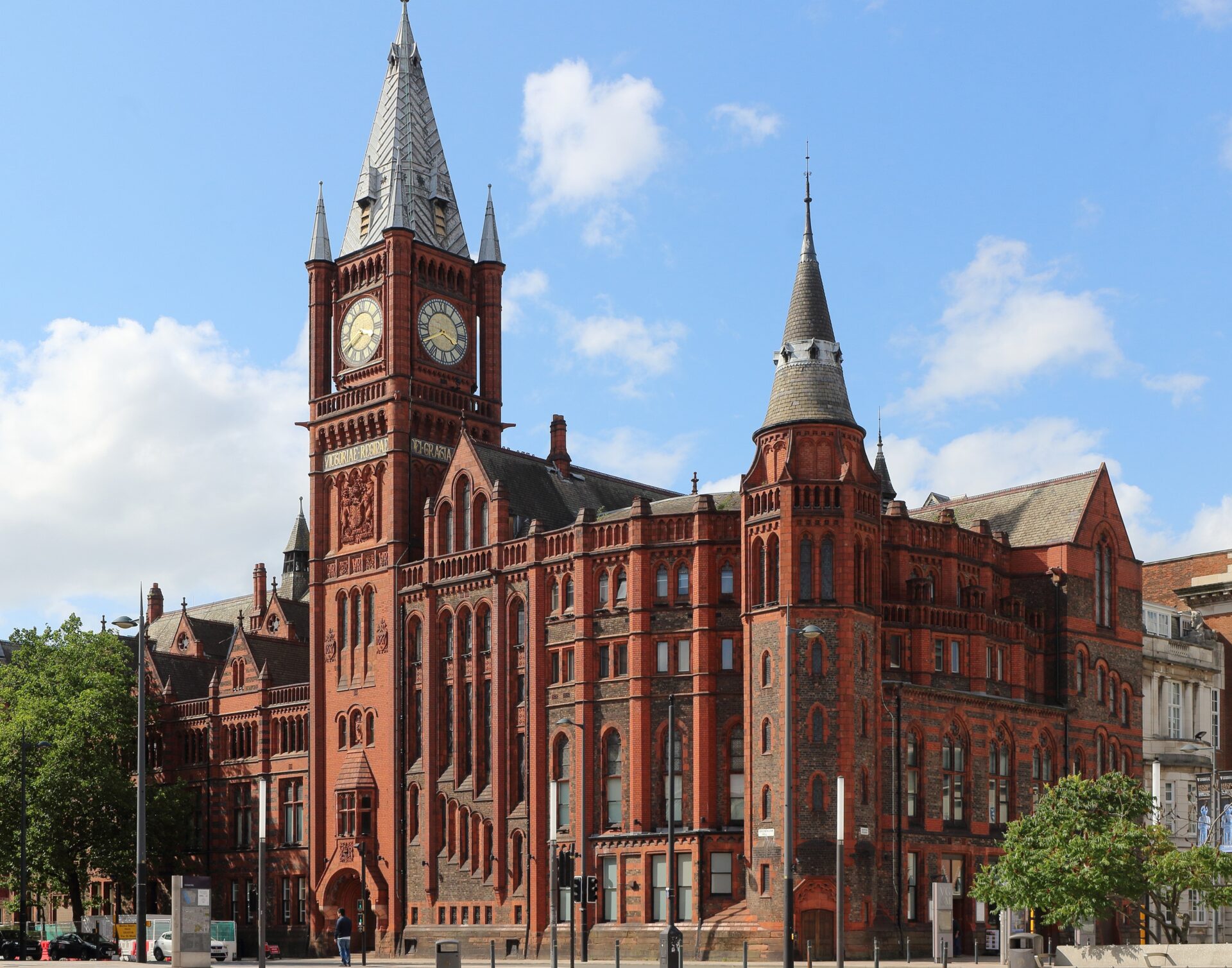BUDGET | Hammond hand-outs to housing and high streets
Chancellor Philip Hammond used his last Autumn Budget before Brexit to announce further methods for increasing housebuilding, including a £500m funding boost, greater powers to Neighbourhood Plans, and abolishing the cap on council borrowing, alongside a £675m pot to support high streets.
A series of measures impacting the housing sector were announced today in the Autumn Budget:
- Housing Infrastructure Fund, funded by the National Productivity Investment Fund, will increase by £500m to £5.5bn
- the British Business Bank will deliver a scheme providing guarantees to support up to £1bn of lending to SME housebuilders
- £653m to 2021-22 for partnerships with nine housing associations to deliver over 13,000 homes
- £75m from the Home Building Fund for St Modwen to fund infrastructure around 13,000 homes
- a new five-year strategic business plan for Homes England, to be published tomorrow
- Simplification of the process around office-to-resi conversions
- Powers to Neighbourhood Plans to allocate sites for housing to be sold only to local people at affordable prices
- Housing Revenue Account cap that controls local authority borrowing for housebuilding will be abolished from today, which the Government said could allow for delivery of a further 10,000 homes each year
- £10m capacity funding available for authorities in areas of high demand to deliver above local need
Today also saw the publication of the full review by Sir Oliver Letwin into the planning system and housing delivery. According to the Chancellor, the report showed “no evidence of systematic landbanking” by housebuilders, and made recommendations on changes to the planning system to enable a greater variety of homes to be built. The Government is due to respond to the report in February.
Hammond also introduced measures to support the country’s retail sector, announcing a £675m High Street Fund which will back councils’ regeneration plans for town centres, in some cases supporting proposals for retail-to-resi conversions.
In a further bid to be seen to be supporting independents, the Chancellor cut business rates by a third for small businesses, in cases where the total rateable value of their premises is less than £51,000.
Industry reactions
Nicole Roe, planning associate at Barton Willmore said:
“For the high street, the tea has been served without hot water. The Chancellor’s £675m ‘future high streets fund’ and lower business rates for smaller retailers are excellent initiatives, but the pot is incomplete without all the elements in play. How are we going to tackle the demise of international businesses, such as department stores, on the high street? The small business tax relief will make it easier for pop-ups and small businesses which is greatly needed, but doesn’t solve the problem for larger stores, where the loss of these is impacting the high street in a major way. The Chancellor suggests modernising Use Class Order and Compulsory Purchase Order to enable conversions to housing, but more information is needed to ensure the right mix of retail and housing is delivered to create thriving streets.
“Ultimately, the high street’s biggest pressure is competing with online retail. While a timetable has been set to introduce a ‘tech tax’ in April 2020, it is not clear how that will benefit the high street. Bolder moves are needed to offset direct competition and create what high street retailers are calling “a more level playing field”.
“Yet, the most significant element dictating the health of high streets is the attitude and mood of the consumer. If people do not feel financially safe, they will not spend money – whether you have small business tax relief or not. This is not to be underestimated. Certainty about austerity and the outcome of Brexit will determine how much or how little people will spend. This is where the hot water comes into play. Without firm plans and words that give people the confidence in the future during these uncertain times, the kettle has not been fired up and the tea isn’t brewing.”
Brian Berry, chief executive of the Federation of Master Builders, said:
“It is important that the Chancellor has recognised the importance of investing in our high streets. He has announced a £675m Future High Streets Fund to allow councils to rejuvenate town centres. It is estimated that as many as 300,000 to 400,000 new homes alone could be created by making use of empty spaces above shops on our high streets. This is space just waiting to be turned into residential accommodation. There is a pressing need to re-invent many of our town centres in light of changing patterns of retail and leisure. The Government should be applauded for its ambition to safeguard the life of our high streets.”
“We would urge councils to take this opportunity to look again at how they can work with local builders and developers to make better use of existing town centre building, and facilitate the development of wasted space above shops. A recent report titled Homes on our High Streets from the FMB puts councils at the heart of the solution and suggests some practical ways for them to facilitate the development of wasted space above shops. Retail will always be an important element of vibrant high streets, but there is plenty we can do on a small scale to help convert unused and under-used space in to attractive residential units. This will both boost the supply of new homes and help breathe new life back into our high streets. What we must avoid is perfectly good space lying empty and achieving nothing in terms of boosting the local economy or housing individuals.”
David Fox, director and head of retail agency North, Colliers International, said:
“In essence The Future High Streets Fund is a good idea, and one that private landlords with access to funds and the vision had already been doing. If this means councils buying property themselves in order to regenerate stock then it will offer landlords with portfolios going nowhere an exit strategy – albeit at bottom dwelling prices.
“Also, it will only stack up where there is demand for alternative property classes – big cities and metropolitan areas. In former industrial towns it would need to be part of a much wider regeneration initiative to bring jobs and other forms of investment.”





Living above shops has been an aspiration and proposed solution in in government policy getting on for 25 years now. It is absolutely nothing new. Trouble is I can point to many town centres where absolutely no-one would want to live or bring up a family. Perhaps that is why “as many as 300,000 to 400,000 new homes alone could be created by making use of empty spaces above shops on our high streets” are and will remain just waiting to be turned into residential accommodation. Property is empty because economically it makes no sense and there is no market demand. Almost as little use as proposals to use “airspace” for upward extensions. Too complicated and too little to contribute anything to making up the shortfall in housing numbers.
By Cynical Planner
Young people can live above shops for a time but you can’t have kids in flats or town centres, you need a house, a garden and parking.
By PDM